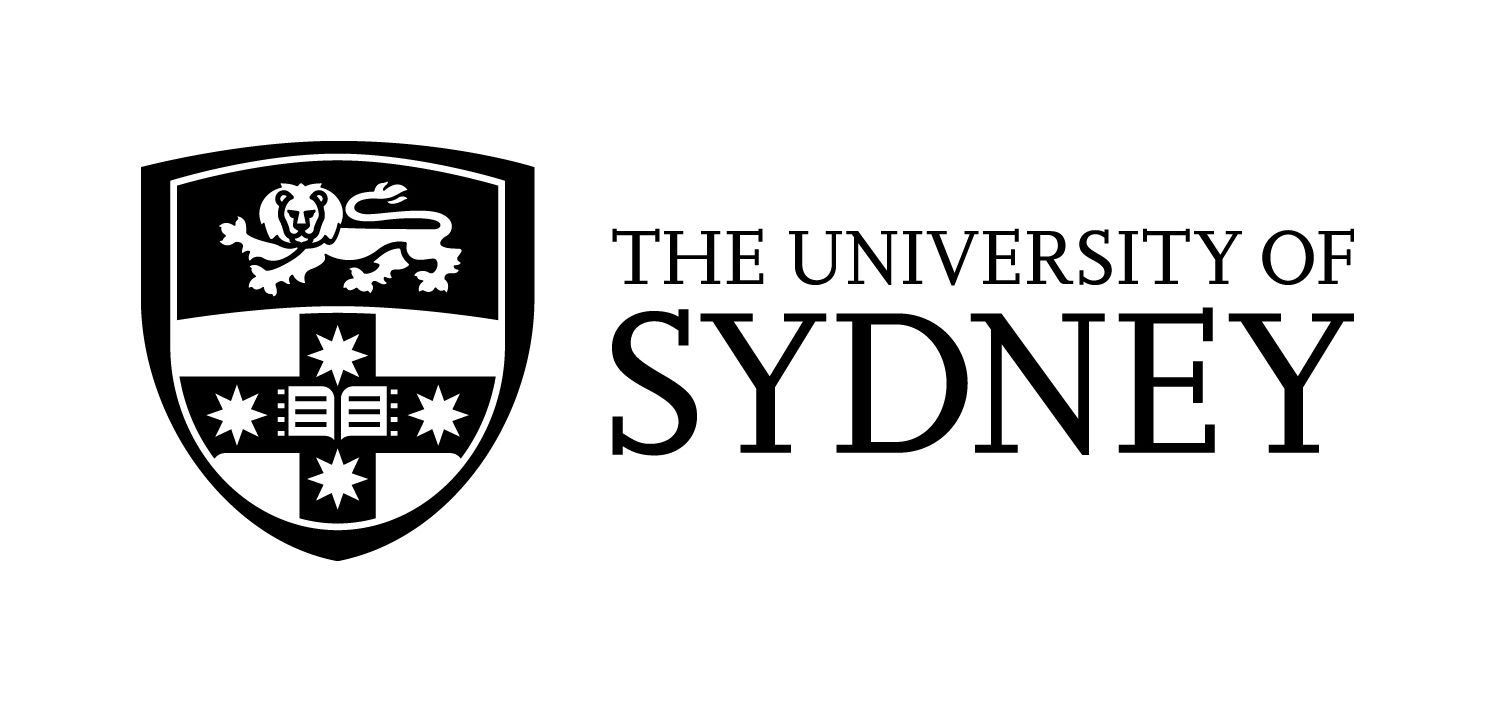Full description
This data collection is associated with the publication: Wright, N., Zahirovic, S., Müller, R. D., & Seton, M. (2013). Towards community-driven paleogeographic reconstructions: integrating open-access paleogeographic and paleobiology data with plate tectonics. Biogeosciences, 10(3), 1529-1541. doi: 10.5194/bg-10-1529-2013
Publication Abstract
A variety of paleogeographic reconstructions have been published, with applications ranging from paleoclimate, ocean circulation and faunal radiation models to resource exploration; yet their uncertainties remain difficult to assess as they are generally presented as low-resolution static maps. We present a methodology for ground-truthing the digital Palaeogeographic Atlas of Australia by linking the GPlates plate reconstruction tool to the global Paleobiology Database and a Phanerozoic plate motion model. We develop a spatio-temporal data mining workflow to validate the Phanerozoic Palaeogeographic Atlas of Australia with paleoenvironments derived from fossil data. While there is general agreement between fossil data and the paleogeographic atlas, the methodology highlights key inconsistencies. The Early Devonian paleogeographic model of southeastern Australia insufficiently describes the Emsian inundation that may be refined using biofacies distributions. Additionally, the paleogeographic model and fossil data can be used to strengthen numerical models, such as the dynamic topography and the associated inundation of eastern Australia during the Cretaceous. Although paleobiology data provide constraints only for paleoenvironments with high preservation potential of organisms, our approach enables the use of additional proxy data to generate improved paleogeographic reconstructions.
Authors and Institutions
Nicky Wright - EarthByte Research Group, School of Geosciences, The University of Sydney, Australia
Sabin Zahirovic - EarthByte Research Group, School of Geosciences, The University of Sydney, Australia. ORCID: 0000-0002-6751-4976
R. Dietmar Müller - EarthByte Research Group, School of Geosciences, The University of Sydney, Australia. ORCID: 0000-0002-3334-5764
Maria Seton - EarthByte Research Group, School of Geosciences, The University of Sydney, Australia. ORCID: 0000-0001-8541-1367
Overview of Resources Contained
This data collection includes the all of the files needed to visualise, recreate, and interact with the plate motion model used in Wright et al. (2013), as well as an animation of the tectonic reconstruction. The collection includes the complete Paleobiology Database collection (paleobiodb.org) as of October 2011, and the Paleogeographic Atlas of Australia (Totterdell, 2002) released by Geoscience Australia that were used in this publication. The data mining workflow and some of the output files are also included in the collection. The WGS 1984 datum is used for our shapefiles, and a Mollewide projection is used for the animation.
List of Resources
Note: For details on the files included in this data collection, see “Description_of_Resources.txt”.
Note: For information on file formats and what programs to use to interact with various file formats, see “File_Formats_and_Recommended_Programs.txt”.
- Rotation file for the tectonic model (.rot, 94 KB)
- Present day coastlines (.gpml, .kml, .txt, .shp, total 11.3 MB)
- Continental region polygons (.gpml, .kml, .txt, .shp, total 1.7 MB)
- Animation of the plate motion model (.avi, 132.6 MB)
- Instructions on assigning plate IDs in GPlates (.pdf, 1.7 MB)
- Carbonate marine paleoenvironment fossil data and reference information from the Paleobiology Database (.gpml/.gpmlz, .kml, .txt, .shp, total 249.9 MB)
- Siliciclastic marine paleoenvironment fossil data and reference information from the Paleobiology Database (.gpml/.gpmlz, .kml, .txt, .shp, total 171.6 MB)
- Terrestrial paleoenvironment fossil data and reference information from the Paleobiology Database (.gpml/.gpmlz, .kml, .txt, .shp, total 154.3 MB)
- General undetermined paleoenvironment fossil data and reference information from the Paleobiology Database (.gpml/.gpmlz, .kml, .txt, .shp, total 294.4 MB)
- Paleogeographic Atlas of Australia (.gpmlz, .txt, .shp, total 84.4 MB)
- Information on the timescale conversion applied to the Paleogeographic Atlas (.txt, .pdf, total 446 KB)
- Data mining workflow and sample outputs (.png, .tab, .ows, total 4.0 MB)
For more information on this data collection, and links to other datasets from the EarthByte Research Group please visit EarthByte
For more information about using GPlates, including tutorials and a user manual please visit GPlates or EarthByte
Spatial Coverage And Location
text: Global
User Contributed Tags
Login to tag this record with meaningful keywords to make it easier to discover


